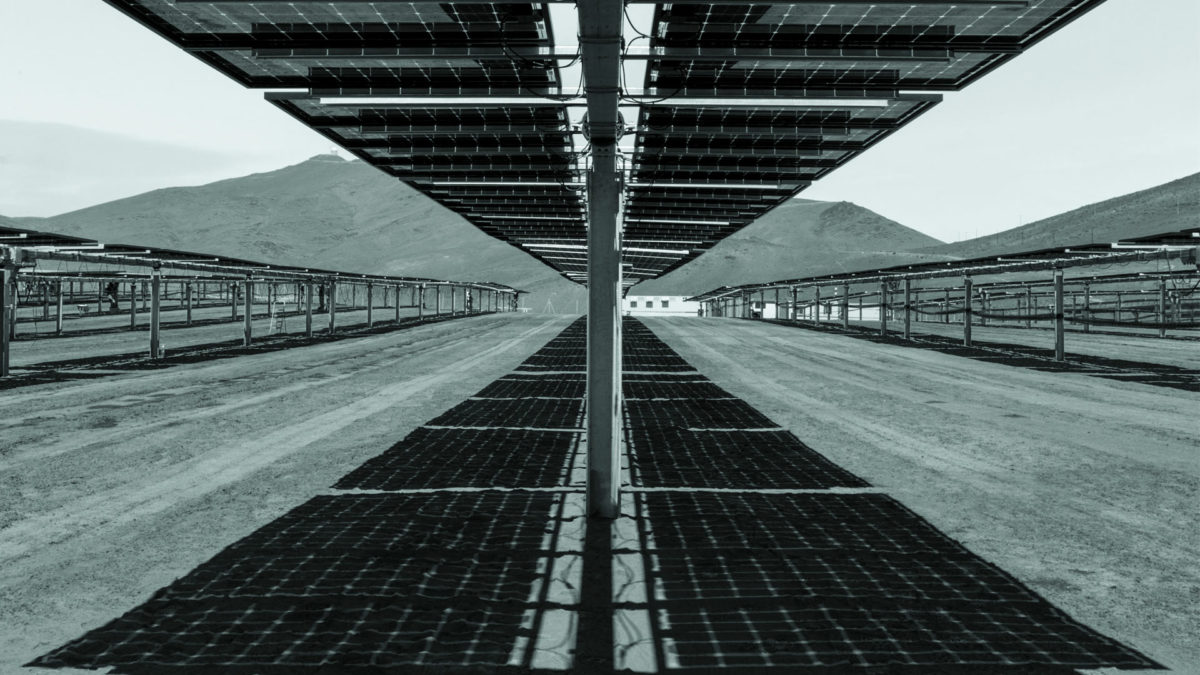Researchers at Belgian research institute imec – and its EnergyVille partnership with Flemish peers – are launching a simulation framework which they say can accurately calculate the energy yield of a bifacial PV system.
Bifacial technology has already begun to be deployed in large-scale PV projects and is well on the way to becoming a mainstream module technology – it is expected to represent more than 35% of modules by 2028, according to the International Technology Roadmap for Photovoltaics. However, complications with precisely calculating the energy yield of bifacial systems are still an issue that can deter investors and developers.
Generating electricity from both sides of a module brings several additional factors to the energy yield calculation, such as albedo (light reflection) and shading from surrounding surfaces, which can vary greatly during the day and between systems. These factors make calculating yield more complex, with estimates for the additional generation offered by bifacial panels often placed anywhere between 5% and 20%. the resulting higher margin for error makes bifacial projects more difficult to finance.
Configuration can cause big losses
The non-uniformity of the factors affecting energy generation – such as the fact rear-side illumination can vary greatly between two modules in the same installation – can also lead to higher levels of mismatch, and reduced performance due to non-optimal system configuration. According to imec R&D manager Eszter Voroshazi, the resulting loss in output can be as high as 40%. “The impact of technological and system configuration details on the non-uniformity at the rear side of the modules has a surprisingly important effect,” she said. “Our final goal is to calculate with high precision the bifacial gain at module, string and system level, and enable a multi objective and automated PV power plant design tool in the longer term.”
Imec says its new simulation tool “takes into account the double-sided illumination and the way it is influenced by module frames, system components’ geometry, and varying albedo”. The institute says thanks to optimizing computational flows, its solution can match competitors for speed whilst providing more detailed and accurate information.
The tool, said Voroshazi, can calculate the energy yield of an entire bifacial PV system with a margin of error lower than 5%.
New tool will further reduce cost of solar
The research institute says it expects its model to contribute to further implementation of bifacial PV and reductions in the cost of renewable energy generation.
“Since current energy yield prediction tools for bifacial technology are not so precise, investors do not have a good view of their return on investment, making them hesitant to take the step,” said imec and EnergyVille business development director Philip Pieters. “We are currently in the final validation phase of our simulation framework. Once it will be fully available, it will give PV plant developers more confidence of the achievable bifacial gain, hence allowing easier funding of bifacial power plants.”
This content is protected by copyright and may not be reused. If you want to cooperate with us and would like to reuse some of our content, please contact: editors@pv-magazine.com.




Hi Mark
a very good paper on the bifacial technology. i am more interested on the model/fact of rare side non-uniformity reflected light from reflections, the reason causing the mismatch. do you have more details/facts on the non-uniformity light, eg what is relection light difference on the top of bifacial module and bottom of the bifacial module in rear-side even in one module during the day? that 40% performance loss from your paper is based on the simulation or based on the real measurement?
thanks for disscussion
Best Regards
Jim
Hi Jim,
Thanks for your comment. All I can really say here is that it’s complicated, and there are a lot of factors that can affect rear side output. The guys at imec, who have developed the framework to calculate the output, might have the information you’re looking for. You can contact them here: https://www.imec-int.com/en/home
Best regards,
Mark.